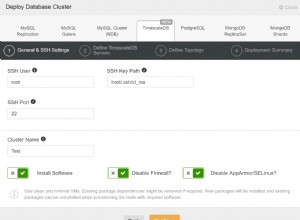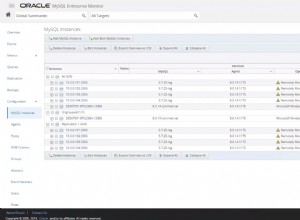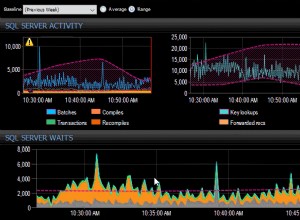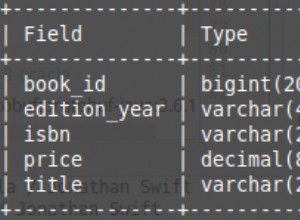Na verdade, eu costumava fazer muito isso, então pesquisei e encontrei esta função que escrevi há muitos anos apenas para esse propósito:
CREATE function [dbo].[fnSplit3](
@parameter varchar(Max) -- the string to split
, @Seperator Varchar(64) -- the string to use as a seperator
)
RETURNS @Items TABLE(
ID INT -- the element number
, item VARCHAR(8000) -- the split-out string element
, OffSet int -- the original offest
--( not entirley accurate if LEN(@Seperator) > 1 because of the Replace() )
)
AS
BEGIN
/*
"Monster" Split in SQL Server 2005; From Jeff Moden, 2008/05/22
BYoung, 2008/06/18: Modified to be a Table-Valued Function
And to handle CL/LF or LF-only line breaks
(Note: making it inline made it slower, not faster)
Test: (scripts all triggers in your database)
Select Lines.Item
From sys.sql_modules M
Join sys.objects O on O.object_id = M.object_id
cross apply dbo.fnSplit1(M.definition, char(13)+char(10)) Lines
Where O.Type = 'TR'
Order by O.create_date, Lines.ID
*/
Declare @Sep char(1)
Set @Sep = char(10) --our seperator character (convenient, doesn't affect performance)
--NOTE: we make the @Sep character LF so that we will automatically
-- parse out rogue LF-only line breaks.
--===== Add start and end seprators to the Parameter so we can handle
-- all the elements the same way
-- Also change the seperator expressions to our seperator
-- character to keep all offsets = 1
SET @Parameter = @Sep+ Replace(@Parameter,@Seperator,@Sep) [email protected]
-- This reduces run-time about 10%
;WITH cteTally AS
(--==== Create a Tally CTE from 1 to whatever the length
-- of the parameter is
SELECT TOP (LEN(@Parameter))
ROW_NUMBER() OVER (ORDER BY t1.ID) AS N
FROM Master.sys.sysColumns t1
CROSS JOIN Master.sys.sysColumns t2
)
INSERT into @Items
SELECT ROW_NUMBER() OVER (ORDER BY N) AS Number,
SUBSTRING(@Parameter, N+1, CHARINDEX(@Sep, @Parameter, N+1)-N-1) AS Value
, N+1
FROM cteTally
WHERE N < LEN(@Parameter)
AND SUBSTRING(@Parameter, N, 1) = @Sep --Notice how we find the seperator
Return
END
Existem versões mais rápidas por aí agora, mas esta ainda é mais rápida do que cerca de 90% das funções de divisão que você verá aqui. Se você verificar o exemplo de teste nos comentários, é quase exatamente o que você pediu.
Select O.name, Lines.Item, Lines.ID As LineNo
From sys.sql_modules M
Join sys.objects O on O.object_id = M.object_id
cross apply dbo.fnSplit1(M.definition, char(13)+char(10)) Lines
Where O.Type = 'P'
And Lines.Item LIKE '%SEARCH_STRING%'
Order by O.name, Lines.ID




